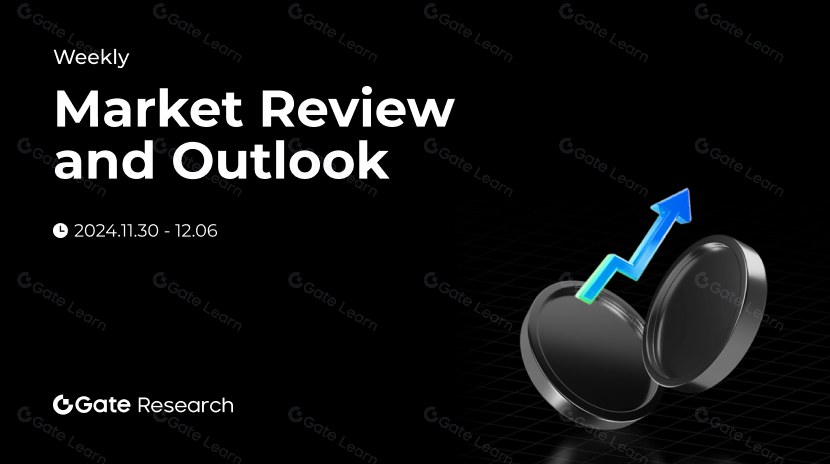bounties

Bounties in the cryptocurrency and blockchain realm refer to reward mechanisms given to individuals who complete specific tasks, typically distributed in the form of tokens or cryptocurrencies. This mechanism originated from traditional bug bounty programs in the software industry and has been widely adopted by Web3 projects to incentivize community members to participate in project development, testing, marketing, and other activities. In decentralized ecosystems, bounty mechanisms have become an important bridge connecting projects with contributors, promoting open-source collaboration and community governance.
Work Mechanism: How do bounties work?
Bounty systems in the blockchain ecosystem follow a relatively standardized process. Project teams first define task requirements and reward conditions, publishing them through dedicated bounty platforms or their own community channels. Interested contributors submit their work after completing tasks, which are then reviewed by the project team or designated DAO members. Once verified as satisfactory, smart contracts automatically trigger payments, distributing preset token rewards to contributors.
Modern blockchain bounty systems primarily operate in three models:
- Bug Bounties - For discovering and reporting code vulnerabilities and security flaws
- Task Bounties - Covering specific work in development, content creation, marketing promotion, etc.
- Innovation Bounties - Encouraging innovative solutions or improvement suggestions for projects
Bounties are typically implemented through smart contracts to ensure transparency and automated execution, guaranteeing that rewards are distributed promptly and fairly to contributors after task completion, greatly reducing the trust costs and management overhead found in traditional models.
What are the main features of bounties?
Bounty mechanisms in the crypto ecosystem demonstrate multiple characteristics and advantages:
Incentive Alignment
- Directly linking project goals with contributor benefits, creating win-win situations
- Forming long-term interest binding through token incentives, promoting community loyalty
- Designing tiered reward mechanisms based on contribution quality and difficulty
Community-Driven
- Lowering participation barriers, allowing talents from anywhere in the world to contribute their expertise
- Forming decentralized collaboration networks, accelerating project iteration and innovation
- Promoting knowledge sharing and skill improvement, cultivating a professional talent pool
Project Benefits
- Reducing fixed labor costs and optimizing resource allocation efficiency
- Rapidly acquiring diverse professional skills and creative input
- Enhancing project credibility and community participation through transparent incentives
- Effectively identifying and fixing potential security threats, increasing project stability
Despite numerous advantages, bounty mechanisms also face challenges such as quality control difficulties, non-uniform evaluation standards, and intense competition among participants. Successful bounty projects typically establish clear evaluation systems and effective dispute resolution mechanisms.
Future Outlook: What's next for bounties?
Bounty mechanisms in the blockchain industry are undergoing rapid evolution, with future development trends mainly reflected in the following aspects:
Rise of Intelligent Bounty Systems: Combining artificial intelligence and machine learning technologies to achieve smarter task matching, contribution evaluation, and reward distribution, improving system efficiency and fairness.
Specialized Bounty Platforms: Evolving from general bounties toward specialized domains such as security audits, DeFi strategy optimization, cross-chain solutions, and other niche markets, fostering ecosystems of professional contributors.
Reputation System Integration: Incorporating contributors' historical performance, professional skills, and credibility into the bounty ecosystem, forming verifiable decentralized reputation systems to optimize incentive distribution mechanisms.
Bounty DAOs: Fully decentralized bounty organizations will emerge, with communities autonomously deciding task priorities, resource allocation, and reward standards, achieving true community self-governance.
Cross-Chain Bounty Networks: Breaking the limitations of single ecosystems to form cross-chain bounty markets, allowing different blockchain projects and contributors to interact on unified platforms, expanding the scale of the bounty economy.
As Web3 concepts gain deeper traction, bounty mechanisms are poised to become an important form of flexible employment and value creation in the digital economy, reshaping traditional labor relationships and value distribution models.
Blockchain bounty mechanisms represent a unique collaboration model in the crypto world, perfectly combining economic incentives with open innovation, providing projects with efficient access to diverse talent while offering platforms for individual talents to freely express their abilities. As technology and governance mechanisms continue to mature, bounty systems will play an increasingly important role in promoting sustainable development, talent cultivation, and innovation acceleration in the blockchain industry. As the bond connecting projects with contributors, it embodies the core value of "decentralized collaboration" in blockchain technology and will continue to drive the entire industry toward a more open, transparent, and efficient direction.
Related Articles

12 Best Sites to Hunt Crypto Airdrops in 2025

Top 20 Crypto Airdrops in 2025
